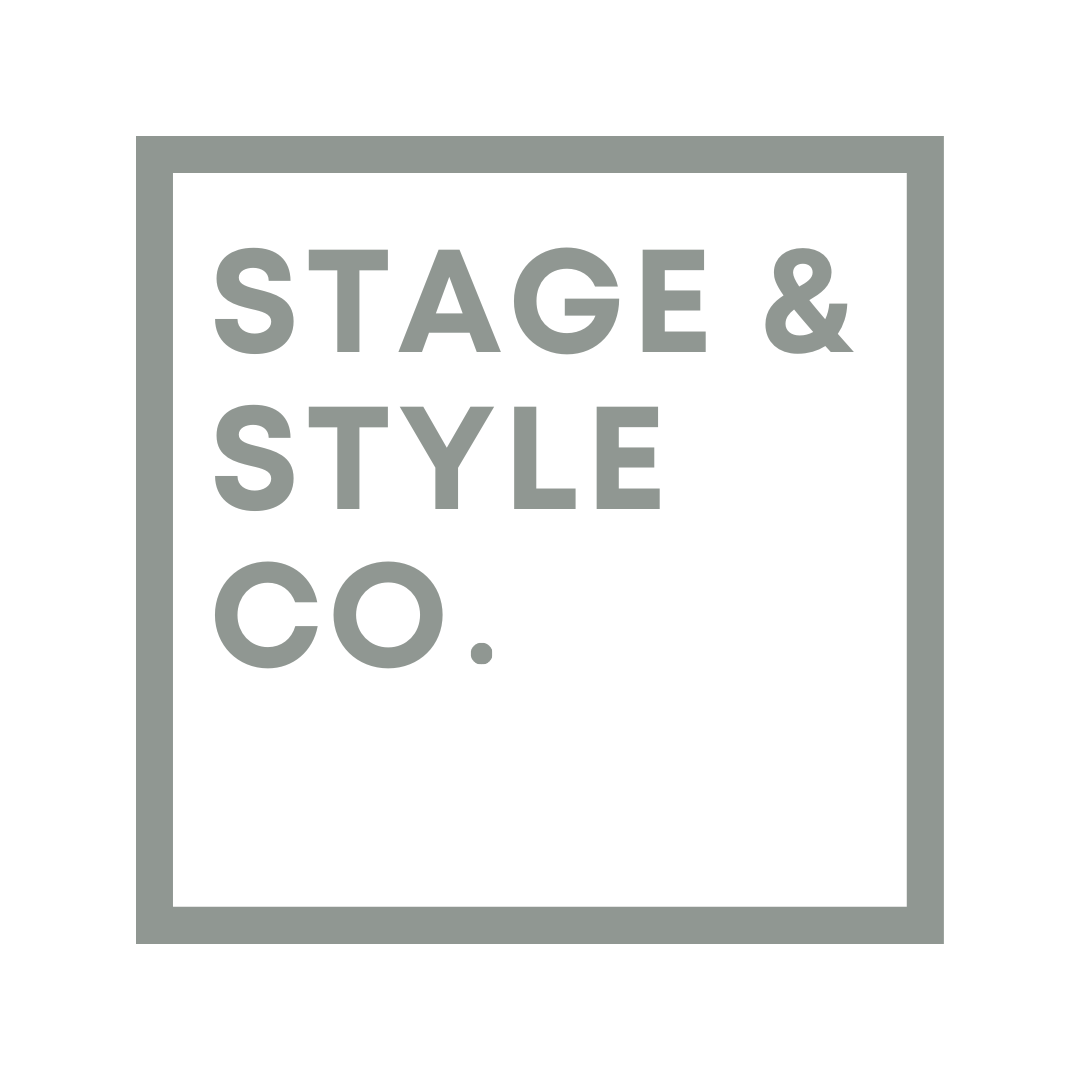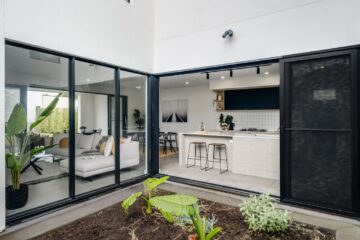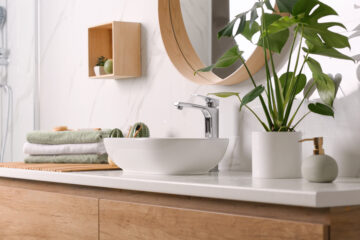The conversation on whether home staging is a worthwhile investment has been ongoing for the last few years. Even though it is becoming the new norm in the process of selling real estate, some homeowners still need a lot of reassurance that the initial cost of staging is guaranteed to come back (and multiplied!) in their final sale price. Stylists and agents understand that selling a home is an expensive and sometimes stressful process, but having your home correctly presented when it hits the market really does make a difference in your sale price.

One of the problems we encounter is the different intergenerational approach to buying and selling real estate. Property ownership is still primarily in the hands of baby boomers and early Gen Xers, but Millennials are often the ones purchasing homes at the present time.
This is a generation of people who have grown up with digital advertising and businesses competing for their money. If the property does not look presentable for sale, it often sends a strong message that the vendor does not care about them as buyers, putting them off the sale completely. Having a home brought to the market with staging furniture also allows potential buyers to understand what sort of layout would work best.
That is exactly why vendors should get their home staged! It will make their home stand out in the market and distract buyers from the “love marks” accumulated over time. This could be something as small as a mark on your carpets or a chip in your doorframe.

This may come as a surprise to you, but it’s not the high-end homes that benefit the most from staging. When a luxurious property gets listed for sale, there’s an expectation to see it beautifully styled. These types of homes are usually architecturally designed with direct input from interior decorators. The buyers expect to see opulence all-round, including across furniture and decorations.
Is there room for 2?
Studios or one- to two-bedroom apartments have been popular with the likes of young professionals & first-time investors, who generally fall into the age group of Millennials. Often known as a generation that likes instant solutions, they are appreciative to see how styling highlights the potential of the space. Inner city units are notorious for tricky floorplan layouts and a lack of storage space, both of which can be “solved” by professional home staging.
The Cookie Cutter
Suburban townhouses are a prime example of oversupply of real estate. Majority of these units were built around the time when developers had no intention to sell them to owner-occupiers and included only basic features for resale. We have found that these often have a very similar look and layout to neighboring homes hence the name “cookie cutter” A long time has passed since then, so naturally, their appearance does not resemble the modern lifestyle anymore.
That is when staging comes in to bring in a fresh, contemporary element to the entire interior and allows them to stand out from the rest.
The Family Home
Definitely the most common type of residential offering and the true “bread and butter” of our business. Most people think that a small house automatically translates into “nothing special”, which is why they often sell for lower prices than their larger counterparts.
These types of homes are usually older and lack a wow factor, which makes them perfect candidates for “styling up”. A relatively small upfront investment in home-staging is sometimes all they need to increase the offer amount by a significant portion




